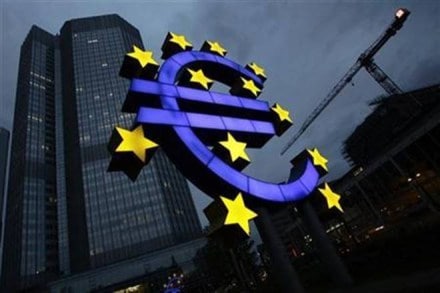The number of forged euro banknotes detected in the first six months of 2017 was lower compared with the preceding six-month period, the European Central Bank said today. Some 331,000 counterfeits were withdrawn from circulation between January and June, a drop of around six percent compared with the second half of 2016. “The likelihood of receiving a counterfeit is thus very slight,” the central bank said, noting that there are more than 20 billion genuine banknotes in circulation. Apart from a small rise in late 2016, forgeries have been declining since late 2014, when more than 500,000 counterfeits were detected.
A huge majority — 85 per cent — of forgeries were of 20- and 50-euro banknotes, with the 50-euro note accounting for almost half of the total and the 20-euro note for 37 per cent. Just nine per cent of fakes were 100-euro notes and 1.5 per cent were 500-euro bills. The ECB is responsible for issuing banknotes, while the central banks of the 19 eurozone nations each produce their own euro coins. In April, the ECB launched a new 50-euro note, the latest in a series with upgraded security features that also includes the five-, 10- and 20-euro bills. The new features include raised areas identifiable by touch and a transparent “portrait window” featuring the image of mythological figure Europa.
